Welcoming Three New Valley Vision Staff Members
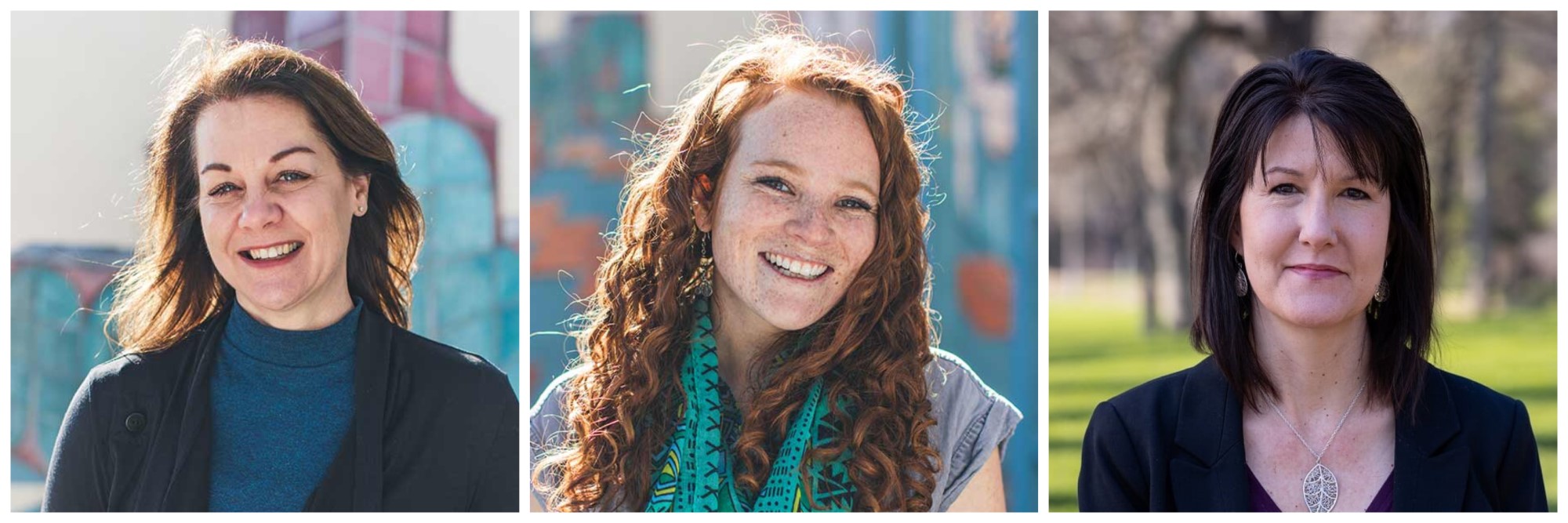
We’re really pleased to introduce the three new staff members whom we welcomed to the Valley Vision team between mid-February and late March. In reverse order of their arrival, they are Renee John, Grace Kaufman, and Kari MacDonald. They have all jumped in with both feet to contribute substantially in each of their roles, even as COVID-19 has added so much change and uncertainty to life. We’re delighted to have them all with us!
Renee John joins us as a Project Leader, and will be leading our extensive 21st Century Workforce impact area in partnership with Managing Director Trish Kelly. Because she arrived on March 30, she has the distinction of being the only staff member we’ve ever onboarded entirely remotely – a situation she’s responded to with flexibility, patience, and good humor. Renee brings with her ten years of workforce development experience, as a director with a community-based nonprofit, where her work included Workforce Innovation and Opportunity Act projects, administering community block grants, youth employment, refugee and English language learner initiatives. Renee has a track record of strong collaborative relationships with a variety of partners, including workforce investment boards, governmental agencies, educational institutions, the business community, nonprofits and other service providers.
Grace Kaufman joined the Valley Vision team in early March, as a Project Manager with responsibilities in our Clean Economy impact area as well as on the Listos California Emergency Preparedness Campaign project team. Grace was previously with the Local Government Commission (LGC), where she worked in the climate and energy field, supporting local policymakers and stakeholders in their efforts to build more livable communities within the Sacramento region and throughout California. In the process, she gained extensive experience organizing and facilitating collaborative meetings with diverse stakeholders. Grace is passionate about environmental justice, sustainability, public health, and pedestrian-oriented design.
Kari MacDonald, the least-new of our new staff members, has been on board with Valley Vision since mid-February. As Senior Director of Business Operations, she manages the business and finance operations of the organization, including ensuring organizational productivity and efficiency, implementing strategies, and optimizing organizational performance. Her career to date has spanned nonprofit, for-profit and governmental organizations, exposing her to multiple perspectives and approaches to community issues. She has more than 20 years of experience in financial analysis and accounting and is skilled in capacity building, finance, board development, grant making, program evaluations and operations.
Meg Arnold is Interim CEO of Valley Vision.
Farm-to-Fork LIVE Hosts Webinar on Regional Emergency Food System Response
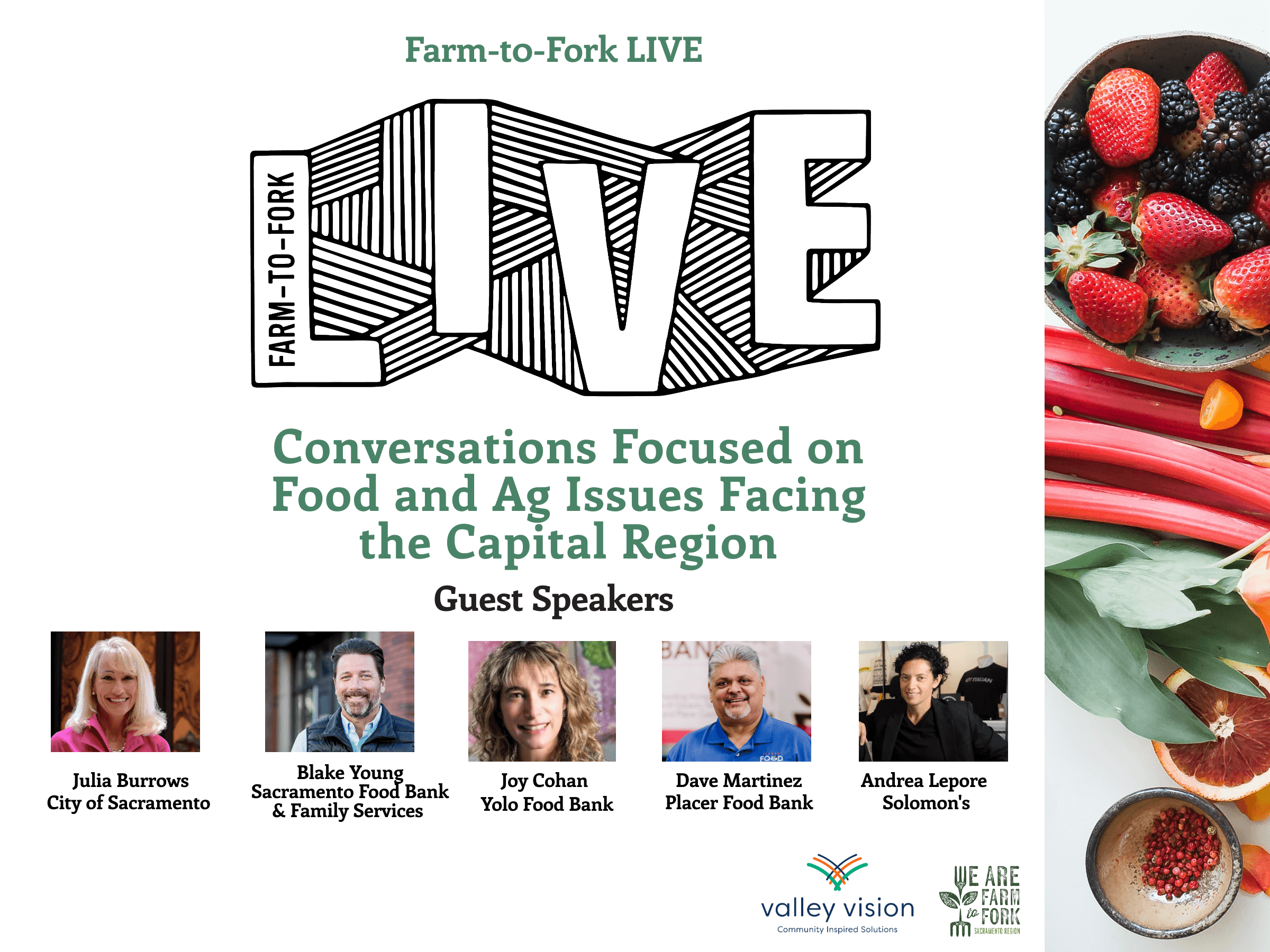
Since the start of COVID-19, families have been facing an uncertain and precarious new reality. From lost jobs to lost income, many worry about how they are going to provide for their families and put food on the table. What has not been uncertain, however, is the vigilance and drive of our region’s leadership that have joined together to make sure communities are taken care, of especially when it comes to addressing food insecurity and food access.
On April 17th, We Are Farm to Fork hosted its second Farm-to-Fork LIVE Webinar focusing on the emergency food system response. Speakers included Julia Burrows, City of Sacramento Mayor’s Office; Blake Young, Sacramento Food Bank and Family Services; Joy Cohan, Yolo Food Bank, Dave Martinez, Placer Food Bank; Andrea Lepore, Solomon’s Deli. Emma Koefoed, Project Manager at Valley Vision, moderated the discussion that focused on how each is addressing the needs of low-income families, elderly citizens, students, refugees, the medically fragile, homeless, and those transitioning into food insecure situations for the first time.
The City of Sacramento and the Mayor’s office have been extraordinary in launching initiatives to support the community. With so many people in need, Julia Burrows, Senior Policy Advisor to Mayor Darrell Steinberg, ensured that the City remains committed to three main objectives during this time. The first is to convene leadership as a way to match available resources to those who are seeking specific support. The City staff has since started facilitating weekly calls among community-based organizations, non-profits, and partners in the food space. Secondly, they are working on fundraising efforts to provide financial assistance back to the businesses. In partnership with Councilman Schenirer, Donate4 Sacramento was launched as an initiative to provide support for local families, individuals, non-profit, and small businesses struggling through the crisis. They have raised 1.2 million dollars thus far. Another example is the collaboration with the Family Meal Program, a project launched by local chefs, who are now able to distribute daily meals to 11 senior and assisted living facilities with the support of Paratransit, an achievement made possible through these partner relationships. Third, using the Mayor as a vessel to communicate information back out into the community and as an advocate for policy changes at the state and federal level.
Similarly, Sacramento Food Bank and Family Services (SFBFS) is working with the City to collaborate on ways to extend their reach into the community. Before COVID-19, SFBFS served about 150,000 individuals from 220 locations per month. Beginning in March, they, like many other food banks, had several distribution locations close due to the fact that many of their volunteer staff are senior citizens. Since then, they have centered operations on 30 locations that they identified to have the capacity to manage the increase of food distribution needs. With the support of the California National Guard and Conservation Corps, they have ramped up their efforts with two mega distribution drive-by pick up locations and continue to move food out the door. Blake Young, CEO of Sacramento Food Bank and Family Services, noted that with public support, donations, and partnerships, like with the City of Sacramento and companies like Raley’s Food For Families Program, they have been able to continue their mission and serve the growing communities need. To find distribution sites closest to you use the Food Finder online tool.
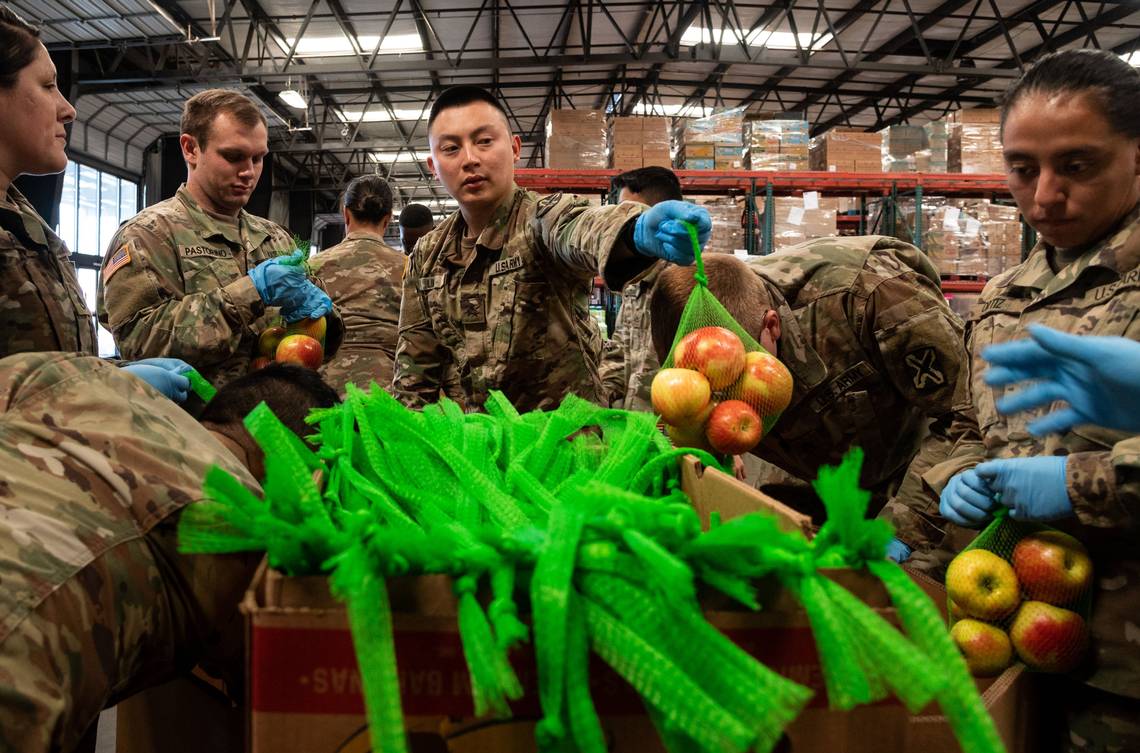
Yolo Food Bank (YFB) serves more than 52,000 people in 19,000 households every month to help end hunger and malnutrition. Joy Cohan, Yolo Food Bank Director of Philanthropic Engagement, outlined with a majority of their clients residing in rural areas, reaching those in need already had its built-in challenges. On top of continuing to serve their normal clients, they are the leading effort on food response for Yolo. With the help of the Yolo Office of Emergency Services, the Yolo Food Bank has developed a delivery model targeting at-home seniors. In the last five weeks, they have served 2,000 households and 4,200 individuals. In another partnership with the County of Yolo, they are also providing three meals a day to homeless populations that are sheltering in local hotels. These meals are being prepared by staff at the Food Bank and delivered by Yolo Bus; as most public transportation is currently out of service or on reduced routes. Yolo Food Bank acknowledges that they still face an uphill battle, as funding remains a critical need to carry out these programs as residents continue to adhere to stay-to-home orders.
Dave Martinez, Executive Director for Placer Food Bank, helps serve over 80,000 individuals living in El Dorado, Nevada, and Placer Counties. Facing a 25% uptick service needs, so far, they have been able to manage the increase but could potentially start facing food shortages in 3-4 weeks. Currently, operating through 70 partner sites, Dave was pleased to report little disruption to his daily operation as his networks have remained resilient. Still, he gave credit to local churches in which have been assisting with deliveries to seniors after they also saw a significant drop in the number of their volunteer services staff. Placer Food Bank is now gearing up to facilitate mass distributions, similar to what SFBFS is doing at Christian Brothers and Encina High Schools, to help reach as many in the community as possible.
In an innovative approach to prevent further outbreaks of COVID-19 among the most vulnerable Solomon’s, Sacramento Covered, Sutter Health, and the City of Sacramento partnered to provide meals for the elderly, unsheltered and medically-fragile individuals. Within 24 hours of shuttering the doors due to the virus, a small kitchen crew was brought in to plan, prep, and cook the meals from scratch. Sacramento Covered’s Community Health Workers help deliver meals to 25 sites daily and have distributed approximately 10,000 meals. Moreover, Andrea is well aware Solomon’s will still face a new normal when things come back online, assessing that it will not be like “turning on a light switch”. It is projected that 80% of the nation’s restaurants could face permanent closures; with limited access to small business loans and financial aid, Andrea, like others, is strategizing simultaneously on projects and plans to address near term and long strategies to keep the doors open and her staff employed.
Valley Vision will continue to highlight the important work that our food system partners are doing to support food access and recovery programs. Please sign up for our Food For Thought Newsletter to receive up to date information and announcements about what is happening in our region.
You can watch the entire interview on Valley Vision’s YouTube Channel. Please visit Hands-On Sacramento to find available volunteer opportunities in your area.
Emma Koefoed is a Valley Vision Project Manager contributing to the 21st Century Workforce and Food and Agriculture impact areas.
Solomon’s Provides Healthy Meals to Sacramento’s Most Vulnerable Communities
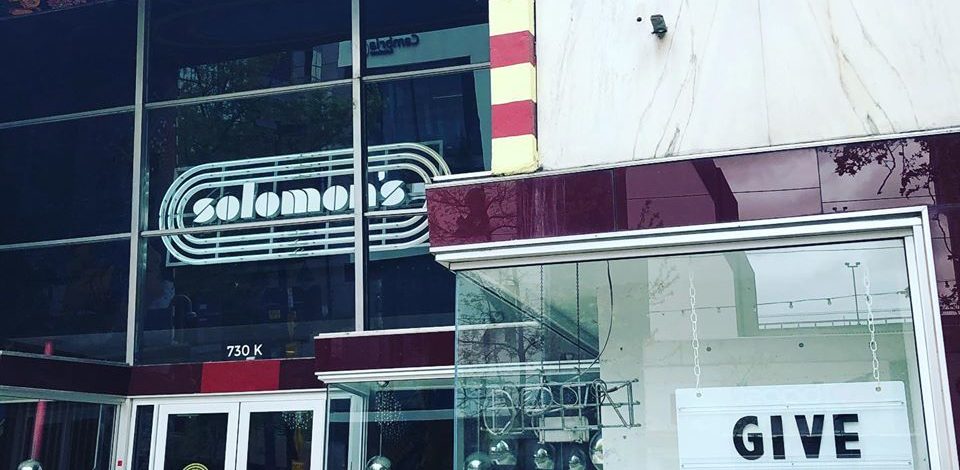
In an innovative approach to help prevent an outbreak of COVID-19 among the most vulnerable in Sacramento, Solomon’s and non-profit organization Sacramento Covered partnered to provide healthy and hearty meals for elderly, unsheltered and medically-fragile individuals in our community.
Within 24 hours of shuttering the doors due to the virus, Solomon’s co-founder Andrea Lepore (and our partner in The Food Factory project) enlisted a kitchen crew of four to plan, prep, and cook the meals from scratch. Sacramento Covered’s Community Health Workers deliver the meals to 25 sites daily and to date have distributed approximately 10,000 meals, using ingredients from local farms and purveyors including Reed’s Quality Meats, such as Chicken Curry, Chile Verde, Pasta Bolognese, and Carnitas Burritos.
The Sacramento Metro Chamber’s Metro Edge program highlighted these efforts this month as part of their Business Response Spotlight.
Sacramento Covered’s partners funding the Community Kitchen include Dignity Health, Kaiser Permanente, Sutter Health, UC Davis Health System, The California Endowment, and Union Pacific, all contributing to the hard costs of food and labor to prepare the meals.
Solomon’s honors Tower Records and local founder Russ Solomon and the first location was a historic preservation project and created a community gathering place where music and culture is celebrated and everyone is welcome.
Andrea Lepore is Principal of Lepore Development, Co-Founder of Solomon’s Deli in downtown Sacramento, and a Valley Vision collaborator.
Valley Vision Named Regional Organizer of Workforce Initiatives

Funded by the California Workforce Development Board through Sacramento Employment and Training Agency (SETA), Valley Vision has been working in conjunction with four workforce boards covering nine county regions to align opportunities to advance economic prosperity for the Capital Region. Recently, Valley Vision was named the official Regional Organizer to continue this effort with expanded emphasis on converging and coordinating multiple regional workforce-related projects into a more comprehensive and inclusive workforce development initiative.
Key components of this strategy include:
Continuing to Drive Demand Driven Skills Attainment
Valley Vision has been convening industry sector partners including business, education and workforce development to ensure training programs are producing skills attainment in line with employers’ evolving needs. Valley Vision will continue this work on a regional level in the following growing sectors; Manufacturing, Healthcare, Food and Agriculture, Construction, Clean Energy, Information and Communications Technology and Hospitality.
Upward Mobility
Valley Vision will be assisting the four workforce boards on creating an inclusive workforce strategy providing opportunity for economic advancement for all. This will be accomplished by ensuring new and emerging programs and initiatives serve key populations including low income, historically disadvantaged, disconnected youth, justice involved, English language learners, individuals with disabilities, homeless and dislocated workers.
Alignment and Integration
Valley Vision will continue to work across regions, institutional and process silos to further align and integrate workforce development services to create system efficiency and maximum benefit job seekers and employers alike.
Renee John is a Valley Vision Project Leader managing projects within the 21st Century Workforce impact area.
Insights on COVID-19 from the Valley Vision Board of Directors
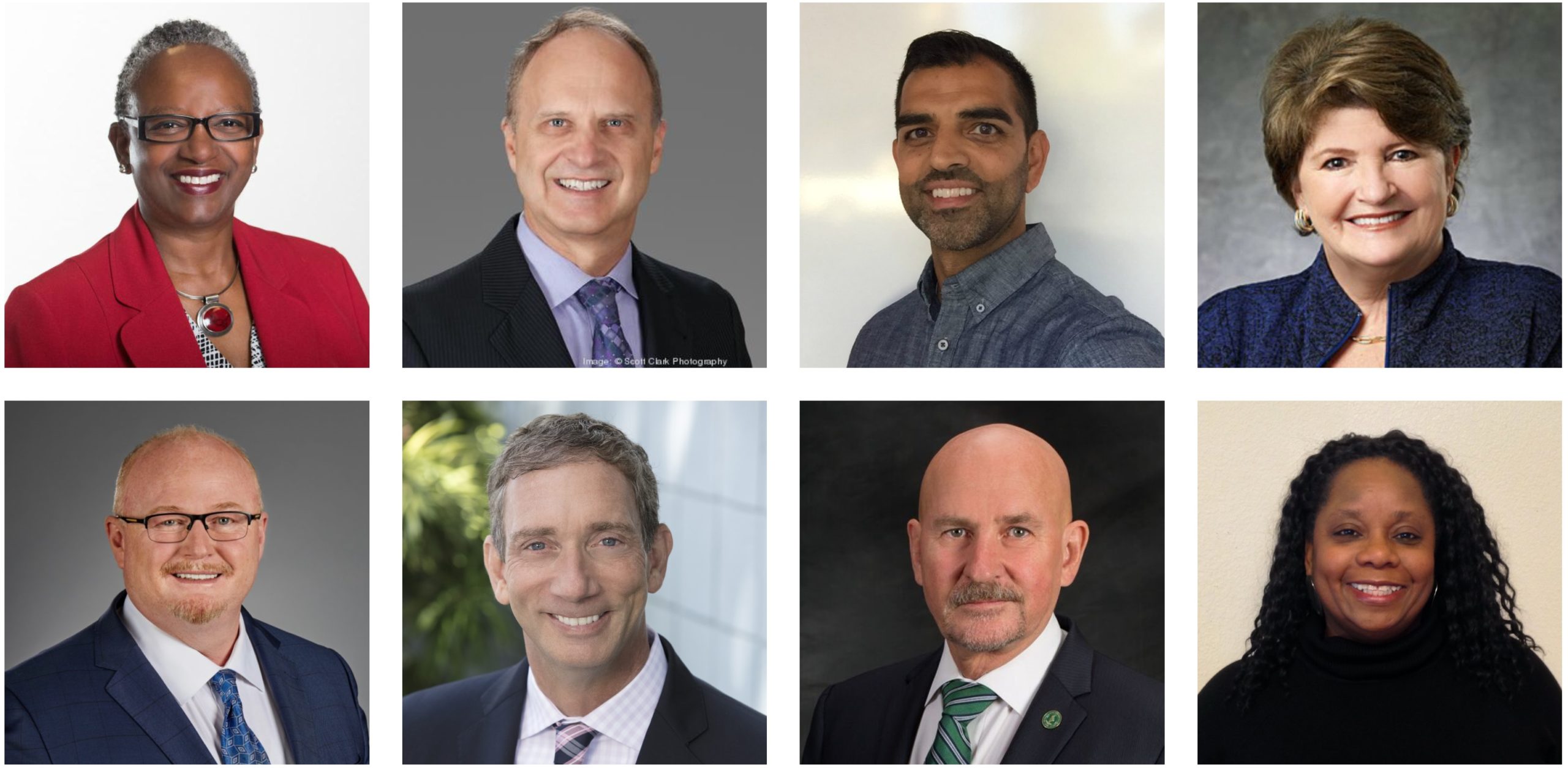
Life in the Capital Region has, like everywhere else, been fundamentally altered by the COVID-19 pandemic. In the midst of our work to address the challenges of today, we are all also trying to anticipate what our economy, our communities, and our overall wellbeing will look like when the crisis point passes and we shift toward recovery.
But data-driven answers to those important questions are hard to find right now, because this is all both so recent and swiftly-developing, and also so encompassing of, frankly, everything. So in place of data, we turned this week to sources of deep experience – members of Valley Vision’s Board of Directors. Their insight and expertise helps us grapple with the perplexity and uncertainty before us.
We hope you’ll find it a useful and informative step along the road to creating, together, answers to what have become our region’s most critical questions.
-Meg Arnold, Interim CEO
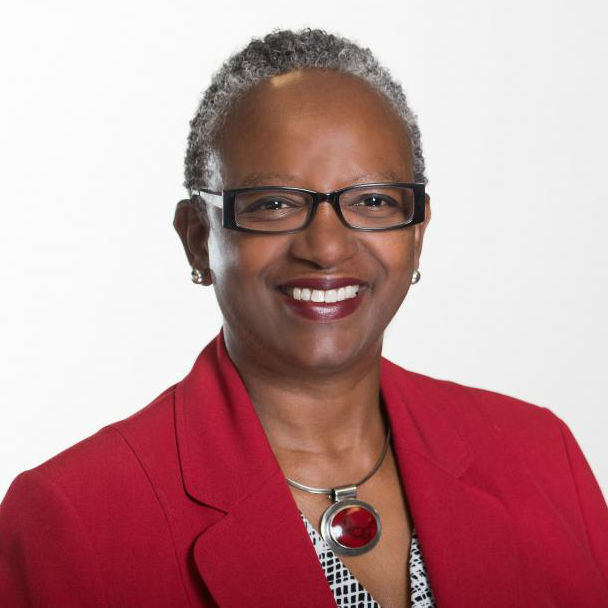
Stephanie Bray
United Way California Capital Region
Question: How do you see COVID-19 impacting vulnerable communities? In what ways is the region stepping up to meet their needs? What are the ways we could improve?
We are seeing huge impacts on our communities’ most vulnerable populations, with both our food system and economy under tremendous stress. School closures have further revealed food access barriers and challenges as many students rely on school meals. Additionally, many families are struggling to pay their bills, purchase medications, and meet their basic needs.
The California Capital Region United Way is stepping up in multiple ways, including working with our nonprofit partners to deploy direct assistance to families and partnering in the local Donate4Sacramento campaign along with our own relief fund to provide childcare, meals, rental assistance and other essential resources for families whose lives have been disrupted by the COVID-19 outbreak. This fund provides a direct payment of $500 for families to utilize however needed with opportunities to connect to peers experiencing similar struggles on a national online platform called UpTogether, a program developed by the Family Independence Initiative based in Oakland, CA.
As the community responds quickly to the crisis, we are seeing nonprofits band together and funders stepping up to meet our community’s needs. Although food access barriers have been issues for our community for some time, this crisis has demonstrated our ability to act and effect change that should empower and encourage us to address long standing systemic issues after this pandemic ends.
As discussed with Yzabelle Dela Cruz, Project Associate
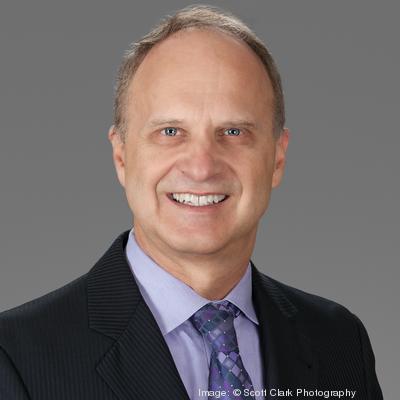
Dave Cheney
Sutter Medical Center, Sacramento
Question: How do you think health systems might evolve as a result of COVID-19? What are the opportunities? What are the challenges?
The broad answer is that no one really knows yet, because the COVID-19 pandemic is not even close to being over.
However, as things are evolving, there are certain indicators that we see now that will probably change for the better that we will not revert back to as we did before coronavirus. The biggest is the use of Telehealth. Healthcare professionals have been trying to promote telehealth in the United States for years, but we have been met with minimal buy-in from the government on account of payers and commercial payer’s coverage.; the argument for telehealth hasn’t really held. Since COVID-19, we have seen greater receptiveness to telehealth through reimbursement policies, and the practices or use of telehealth – especially in our rural areas, and for our patients practicing social distancing where they either prefer not to, or simply cannot physically visit their doctor’s office to seek care. With the advent of the COVID-19 we have been able to create a robust telehealth program. So I don’t think when COVID-19 is over, we will revert back to where we were pre-telehealth. I don’t see that happening. The value is clearly present. Patients love it, physicians love it, healthcare providers in general absolutely love it.
An additional opportunity that we have learned from COVID-19 is assessing how we plan for large scale epidemics. We need to assess how we stock and store personal protective equipment (PPE), and how we secure medical equipment, such as ventilators. We are learning a wealth of knowledge and best practices occurring globally, but when the appropriate time presents itself, we will have an opportunity to revisit our big picture planning, and learn from our efforts of what it is that we can do to improve at the local, county, state, and federal level so as to better prepare for the next crisis. To that point, the access to available PPE has been our greatest challenge. We are anticipating an influx of patients in the weeks to come, and we are trying to ensure that we have the equipment to protect our caregivers in the hospital; from our healthcare providers to everyone that supports healthcare providers. The advantage of an integrated network such as ours is that we can move the resources across our various locations to support the medical equipment and staffing resources from one location to another. We are constantly moving equipment and supplies around the system to make sure everyone at our hospitals have the tools and resources they need to take care of our patients.
I would like to express my deep gratitude to our caregivers, our doctors, our nurses, our housekeepers, our research teams, and everyone working together in this fight. You are our true heroes. Nothing is possible without the knowledge, compassion, and bravery you have all demonstrated over recent weeks. Thank God for them. As a community we thank you for putting your lives at risk for us, daily.
What can we do to support our hospitals in these times?
- Stay home
- Practice social distancing
- Wash your hands
- Take care of yourself physically, emotionally and spiritually
As discussed with Sonia Dueñas, Project Associate

George Claire
The Shop @ VSP Global
Question: You are known as a design thinker. How will design thinking be able to help us in the recovery?
I think we can all agree that on in the wake of C-19, the world will emerge different than it was before. The impact of this episode on our lives will be felt for a while, and businesses both small and large will most definitely be reevaluating many aspects of their operations and questioning how to proceed from here. But when you take a closer look at this, it’s happened before; maybe not this suddenly, but it has happened. Uber disrupted the taxi business, and Redbox and Netflix pushed Blockbuster out of the industry. Granted, C-19 has come on suddenly and has forced businesses to very quickly and unexpectedly reexamine themselves. But this is exactly where design thinking can help businesses reimagine and reinvent themselves.
As a Design Thinker, I often ask a hypothetical question during my sessions—whether the audience is a client I’m consulting for or they’re internal within my own organization—and that is, “If it all burned down, would you rebuild it the same way?” But it’s no longer hypothetical; it’s real, and most everyone within every organization is strategizing and wondering how they’re going to get back on their feet. Where do we go from here and how? Design thinking, when paired with other business tools, offers a methodology that helps one understand what their real challenge is and why—so they’re focused on the right problem, not what they believe the problem to be—and how to go about addressing that challenge while making sure they’re utilizing and allocating their resources in the most effective way.
Design thinking is about meeting needs—real, inherent needs—and enhancing experiences. And the first step to getting there is asking one of the most important and powerful questions anyone can ask: “Why?”. Asking why all along is vital so that one not only learns and reaches an understanding of what’s at the root cause of the stated need but also the context and importance of why that root cause exists. Equally as significant as asking why, however, is to listen to the end user’s responses from a place of empathy. Understanding the problem and need from the end user’s perspective is absolutely necessary; this is ultimately who you are designing for, and they should be at the center of your design universe.
If, as a business, you’re providing a service or producing a product and you have failed to understand or address your customer’s real challenge, you’ll probably find yourself designing a solution which is now in search of a problem. And that can be costly. If you’re lucky, you will not have spent too many resources before you figure this out. But I think we can all admit that we’ve been a part of a project or some initiative that kicks off with a solution in mind rather than beginning with research to discover the real challenge. Other factors leading to poorly designed solutions include failing to place the end-user at the center of our design universe, not really listening to their needs, and being so in love with the solution (idea) we came up with that we do everything we can to try and force it to succeed.
The design thinking methodology provides a means for us to keep ourselves really honest and, as a result, makes sure we apply our resources (people, time, money) to solving the right challenges. And if not, design thinking ensures that we learn this early enough that it can be addressed. But design thinking is a culture shift, and that’s one of the hardest things—if not the hardest thing—to change within an organization. In its simplest form, design thinking is build, measure, learn. Then you iterate, pivot, and repeat. And you do so with the end user engaged with your project from beginning to end. If you do this, then yes, design thinking can certainly help us recover on the other side of C-19. But are people willing to embrace and trust the methodology? I can’t think of a single person the C-19 event hasn’t impacted to some extent, so my hope is that many will take a closer look at this opportunity—because that’s what it is—and ask themselves, “Now that C-19’s over, do I rebuild the same way?”. This is where design thinking can help you to reinvent and redesign your business—to use this as a turning point and come out of this pandemic stronger than you went in.
As discussed with Grace Kaufman, Project Manager
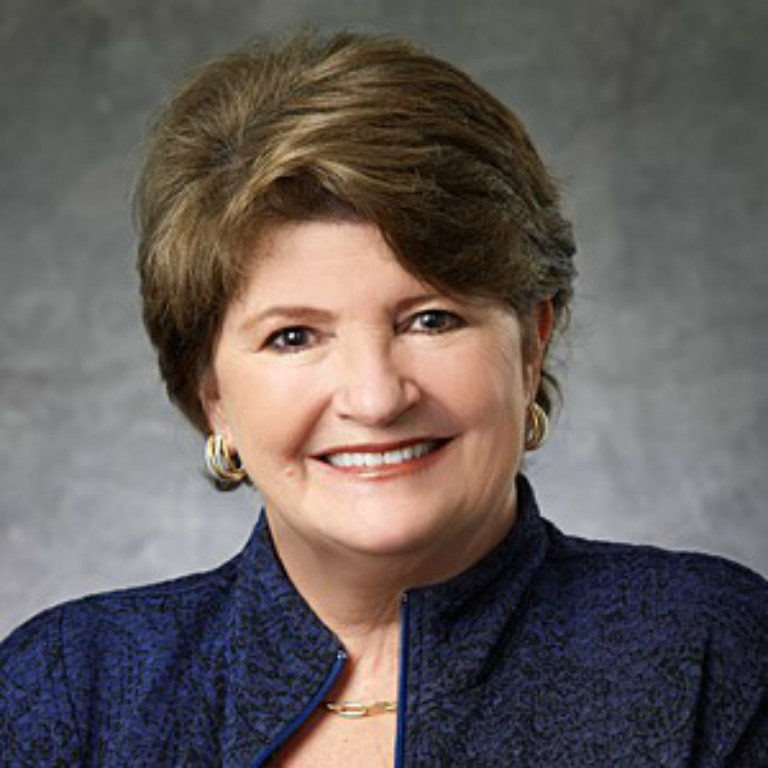
Linda Cutler
Sacramento Region Community Foundation
Question: How are you seeing community organizations adapt to new ways of delivering services right now?
The Sacramento Region Community Foundation is uniquely positioned to respond to local emergencies. The Foundation has always enabled philanthropists to support the issues they care about, but is now taking urgent action to serve area nonprofits in light of the COVID-19 pandemic.
All community-serving organizations in the region are being affected by the COVID-19 pandemic. Some organizations providing services have shifted to doing so remotely, but many others lack this infrastructure. Further, many clients are unable to access these services whether remote or not – between the shelter in place order and the lack of Internet access among many of our most vulnerable community members. Non direct-service organizations are simply looking to stay afloat. In all cases, ongoing communication between nonprofits and their constituents is critical.
To assist nonprofits with service delivery and emergency resources, the Foundation has activated the Sacramento Region Disaster Relief Fund, which has been seeded with an initial investment and grown with the support of fundholders, individual donors, and other regional partners.
Question: What sorts of support are nonprofits asking for in applying for Disaster Relief Funds?
The Sacramento Region Disaster Relief Fund is intended to rapidly deploy funding to address the many challenges that local nonprofits are encountering due to the virus. Because of the focus on swift deployment, we made the application very simple to complete and submit.
We are finding that many applicants need to ensure that staff stay employed, and many others need help in amplifying their service delivery activities and adjusting to new public health mandates and best practices. For example, our funding can help set up remote infrastructure that allows nonprofits to continue their work – funding for Zoom licenses is an example of a request that we’ve received. Among direct service providers, the food banks and their partners across the region are doing a tremendous job of filling that gap. From food delivery directly to seniors to school districts feeding children, so many food system leaders are stepping up to help our most vulnerable right now.
The cancellations of Spring and Summer fundraising events and campaigns is causing a deep disruption in revenue for nonprofits of all types. As such, we are also seeing applicants seek funding simply to stay afloat in this uncertain time.
Question: Looking ahead, what opportunities do you see to strengthen or change our systems?
The COVID-19 pandemic is going to change the way that society operates in the long-term. What is clear is that we need to invest in alternative ways of supporting our most vulnerable and each other.
We are all acting with urgency right now to ensure that basic needs are met, but looking to the future, COVID-19 will reinforce the value of having reserves when challenges like these arise. As part of the Foundation’s capacity-building efforts, we help nonprofits plan for sustainability. In the future, we need to focus on ensuring that there is investment in replenishing or establishing those reserve funds.
The effects of the COVID-19 pandemic are still being understood, but the Foundation is learning from this painful lesson in its work to build a resilient future.
As discussed with Adrian Rehn, Project Leader
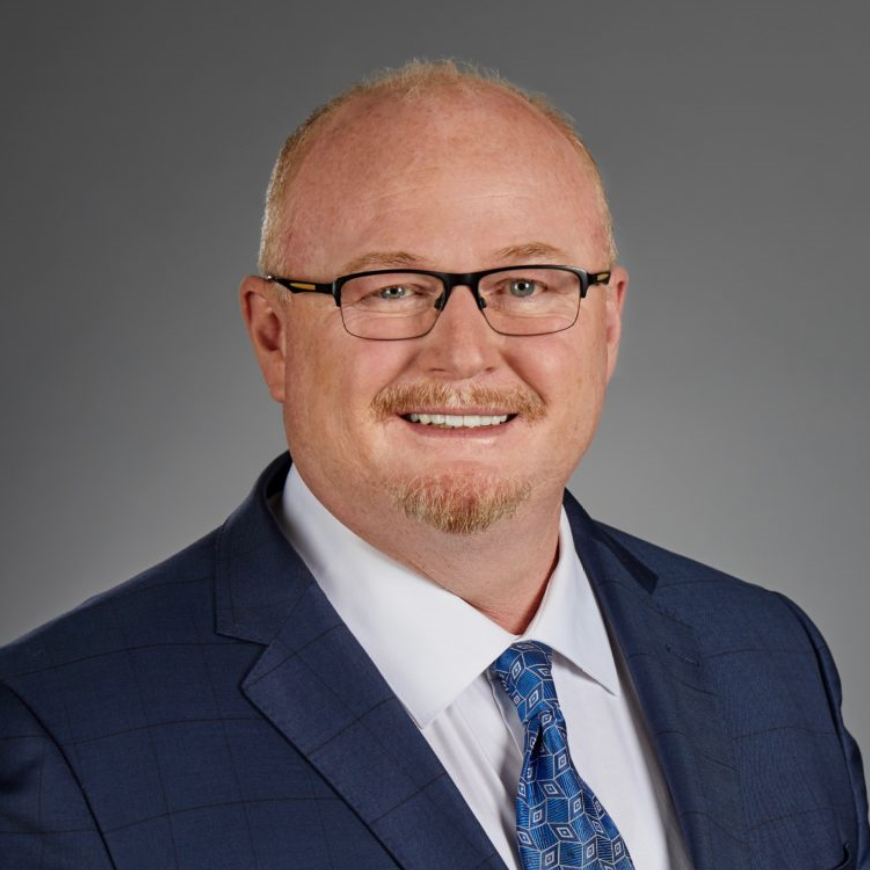
Earnie Franklin
VSP Global
Question: Like others, your firm moved the majority of your workforce to a remote basis really quickly. What are some of the takeaways you’re seeing after the first three weeks of this new way of working?
At VSP Global, we provided our leadership team with tools to manage remotely and our employees with tools to collaborate remotely. We embraced Microsoft Teams as our primary collaboration tool.
During the past few weeks, there are three things I know for sure:
Business Continuity Plans are critical: Having Business Continuity Plans is what enabled us to transition to a remote workforce so quickly. Thankfully, it isn’t often that we get a real-world opportunity to review these plans. Now is the ideal time to critically evaluate and revise them with newfound knowledge.
Creativity is needed: It has been inspiring to see how employees are rising to the challenges our members, doctors, clients, brokers, and partners are facing — just like they always do during crises and natural disasters. In the past two weeks, I’m proud to share that VSP Global has:
- Expanded essential medical eyecare services to 57 million members during the month of April to reduce the impact on hospitals and other medical facilities.
- Extended telehealth functionality to doctors, ensuring VSP patients can receive critical eyecare.
- Begun beta testing telehealth functionality that allows patients to visit with their doctors via their iPhone or Android devices.
Leading with kindness is essential: The situation in which we find ourselves is unusual, and the reactions of those with whom we’re virtually interacting might seem surprising as well. Since emails and texts don’t convey context or emotion, we remind our employees to take a moment to remember their interactions with people before the pandemic. Don’t make assumptions. Ask questions or ask for clarification if something doesn’t seem right.
Above all else, now is the time to be gentle with ourselves and with others. In that vein, we provide lots of resources online like remote fitness challenges and meditation groups to help our employees maintain their physical and mental health.
As COVID-19 has impacted everyone across the globe, we remain focused on ensuring our employees’ safety and well-being while supporting our valued stakeholders.
As discussed with Emma Koefoed, Project Manager

Brian King
Los Rios Community College District
Question: How do educational institutions remain effective in a remote environment – what changes, adaptatations or growth are you seeing and do expect?
It’s amazing how quickly we made the transition. About a month ago, Elk Grove Unified School District reported its first COVID-19 case. By Friday, March 13th, we had suspended all in-person classes, and March 18 was the first day of remote operations.
In less than 2 weeks, we went from recognizing that there was a very serious threat to having everything take place remotely.
An overwhelming number of classes are continuing online, but there is a challenge in getting to that point with some lab classes. In terms of adjustments that have to be made to how classes are graded, those will be determined on a class by class basis.
This experience is really highlighting the digital divide: Some of LRCCD’s most vulnerable students don’t have access to broadband or a computer. We’ve handed out hundreds of Chrome books to many of our students who need them; we’re also helping our students find low cost or free broadband services.
Some of the lessons we’ve learned will have a positive impact. The short timeframe we had to go remote was a catalyst for things to be done.
It’s hard to predict what this will look like moving forward. It will certainly increase our inventory of online courses available for students who need them. Of course, there is no substitute for in-person learning, and that will continue to be the dominant form post COVID-19. Change is always hard, but crisis makes it essential. There are a lot of good lessons we’re learning from doing things remotely, and it will ultimately lead to a better experience when we’re back to doing things face-to-face.
As discussed with Isa Avanceña, Project Associate
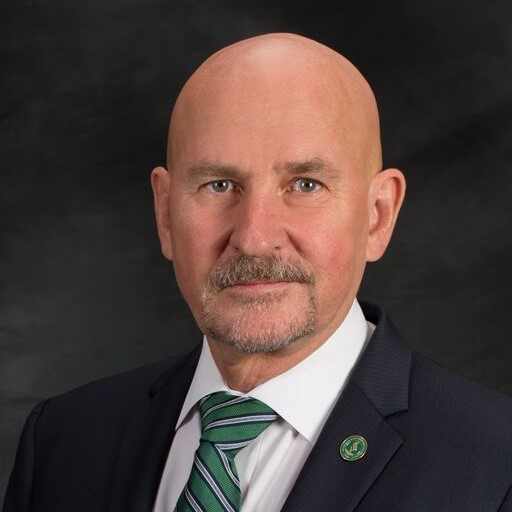
Robert Nelsen
Sacramento State University
Question: Knowing that the country is potentially moving towards a recession – what are your hopes, concerns, and/or advice for your students?
I want my students to know that we may be going into recession but we have been through recessions before and we’ve come out stronger every time. I want them to know that their education will be with them forever and no one can ever take it away from them. It will pay off in their lives. They may not see it right now because it’s tough when they are living paycheck to paycheck or they are worried where that first paycheck is going to come from. Students will have to trust their education just like they have to trust in themselves.
Sacramento State has helpful resources and services for current students and alumni that can help them professionally at the campus’ Career Center. All students are automatically a life member of the Alumni Association with no membership charge. This is a great network opportunity because the Alumni Association’s career services is designed to pair each alumna with mentors who are from their professional industry. They can help alumni connect to the right employers, help them prepare for jobs, and know what to expect in their field of interest. Alumni are encouraged to take advantage of this opportunity as much as they can. For more information to become a member of the Alumni Association to access this service, Sacramento State alumni can visit our website.
Overall, I am always worried about my students’ mental health as these are stressful times and the stress is not good. We have counseling available right now for current students who need it. They can visit a counselor in person on campus at The WELL or schedule an appointment for online counseling. The faculty is always there to support them with ongoing advising. Even though the pandemic is preventing many of us to be off campus, students still have access to services and resources. We have become a virtual university but that does not change our continued services to provide accessible resources to our students.
As discussed with Houa Vang, Project Associate
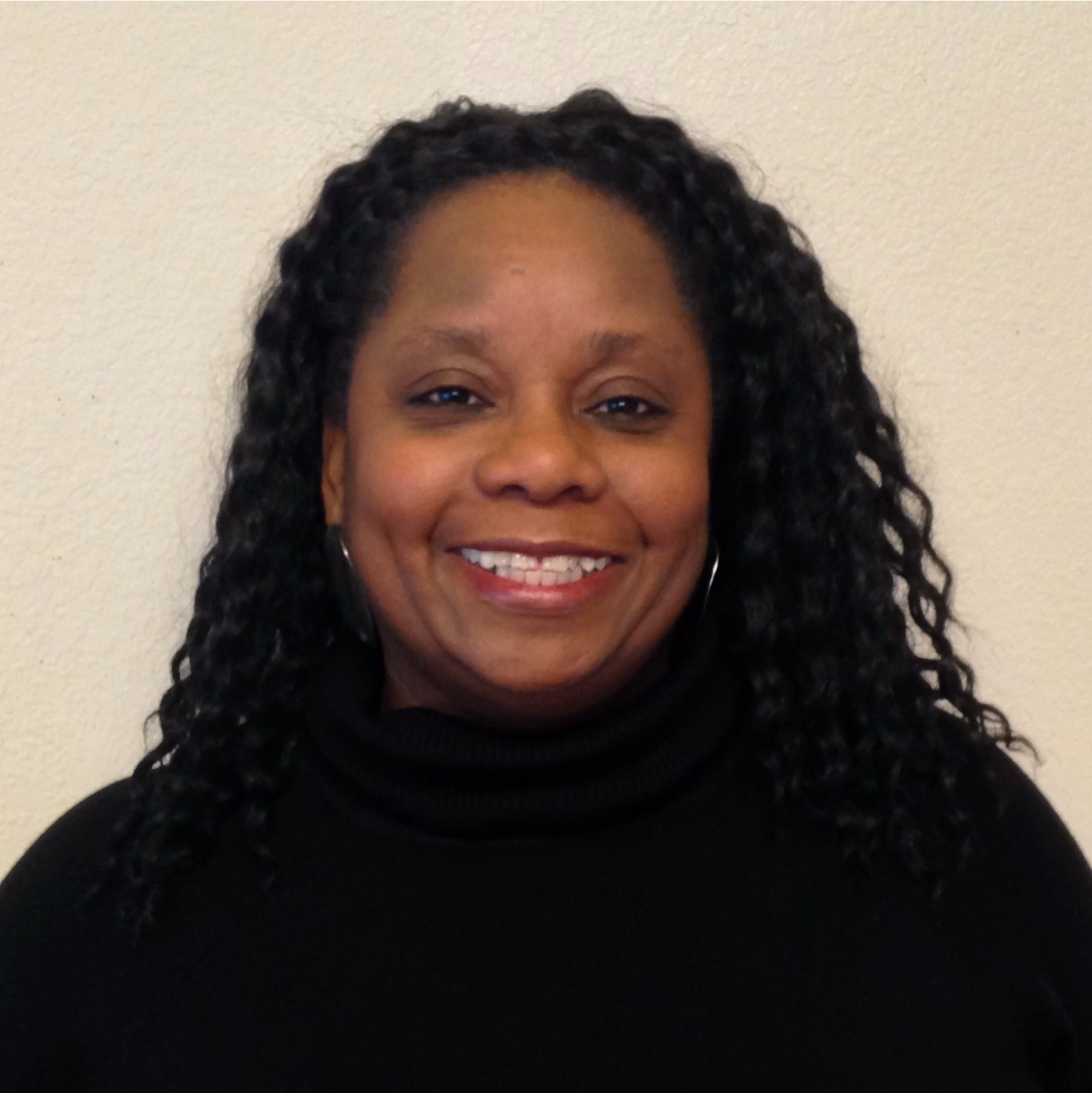
Tina Roberts
Roberts Family Development Center
Question: How are you seeing community organizations adapt to new ways of delivering services right now?
Community organizations are being incredibly inventive after dealing with the initial shock and disruption of most of their services. Roberts Family Development has shifted to primarily remote work in supporting families and children while taking on new roles needed in the current crisis including delivering meals to families. Many nonprofits are affected financially, not having large cash reserves to weather immediate changes in project funding. They are talking with their grantors, looking to revise scopes of work and applying for assistance through the Payroll Protection Program or Disaster Loan Assistance.
Community organizations are utilizing Zoom and online platforms to engage their community members. When services are provided onsite, staff have been retrained to practice social distancing and wear protective equipment which is very different from the high touch forms of engagement they are used to. Community organizations are also responding to the need to provide additional support to our teams including mental health check ins, acknowledging the drastic difference in service delivery brings challenges and frustrations. Overall nonprofits like Roberts Family Development are looking to serve the community as best we can during this public health crisis and sustain a solid structure to enable us to resume services as quickly as possible when allowable.
As discussed with Renee John, Project Leader
Learn more about Valley Vision’s 29-member Board of Directors.
How COVID-19 is Reshaping the Region’s Housing Crisis

The severity of California’s housing crisis is well-documented, as is its impact on the state’s economic development and livability. The lack of housing supply, coupled with the resulting detriment to quality of life, is a consistent and pressing threat that the region has faced in the last decade. The COVID-19 pandemic exacerbates this problem, and adds a new sense of urgency to the ongoing struggle of ensuring that every person has access to this most basic need.
From a housing crisis perspective, there are two things to consider. First, there is the immediate fallout: How can homeless individuals protect themselves without ready access to shelter and sanitation? How can people self-isolate if their living situation is an overcrowded apartment?
Then, of course, there are the medium and longer-term implications. In the economic recession that is likely to follow — one that many experts predict will be even worse than the 2008 downturn — will California be able to meet its goal of 180,000 new homes each year? Even before the pandemic, the state was falling far short of this, only averaging about 80,000 a year, according to the California Department of Housing and Community Development (HCD).
The Immediate Fallout
On March 18th, Governor Newsom, signed an Executive Order that released emergency funding and granted local flexibility on spending and building shelters. “People experiencing homelessness are among the most vulnerable to the spread of COVID-19,” he said. “California is deploying massive resources to get these vulnerable residents safely into shelter, removing regulatory barriers and securing trailers and hotels to provide immediate housing options.” On April 3rd, he announced that nearly 900 homeless Californians had been placed into hotels and motels. While this swiftness of action is admirable, there is still much work to be done to address the needs of most of the homeless population in California.
It’s not just the homeless population whose increased susceptibility to COVID-19 is a direct result of the state’s housing crisis. California has the country’s highest rate of crowding within its renter-occupied housing units, the result of low housing supply and high costs. Those living in overcrowded households are simply unable to comply with many of the Center for Disease Control’s recommendations, such as self-isolation, which says that individuals showing symptoms should separate themselves from other members of their household “by staying in a specific ‘sick’ bedroom or space and using a different bathroom (if possible).”
A State of Emergency in California was declared on March 4th. The shelter-in-place orders that followed across numerous counties and cities meant that many businesses were forced to temporarily close their doors or scale back operations could no longer pay their employees’ wages. Approximately 1.6 million people statewide have filed unemployment claims since March 13. Individuals who are unable to make rent payments face the threat of eviction, especially in California, where more than 3 million households — a majority of renters — pay more than 30 percent of their income toward rent, and more than 1.5 million households pay more than 50 percent toward their rent. To address this, Governor Newsom issued an Executive Order declaring a moratorium on evictions. The moratorium only applies, however, if the tenant can prove that their inability to make rent is due to reasons related to COVID-19, such as a loss or reduction of income from reduced hours or being laid off. Under this moratorium, evictions not covered by its grounds can still be carried out, and there are concerns among tenant advocates that the wording of the Executive Order makes its protections unclear and insufficient. California’s courts have taken it a step further: the Judicial Council suspended eviction and foreclosure proceedings statewide until 90 days after the COVID-19 State of Emergency is lifted.
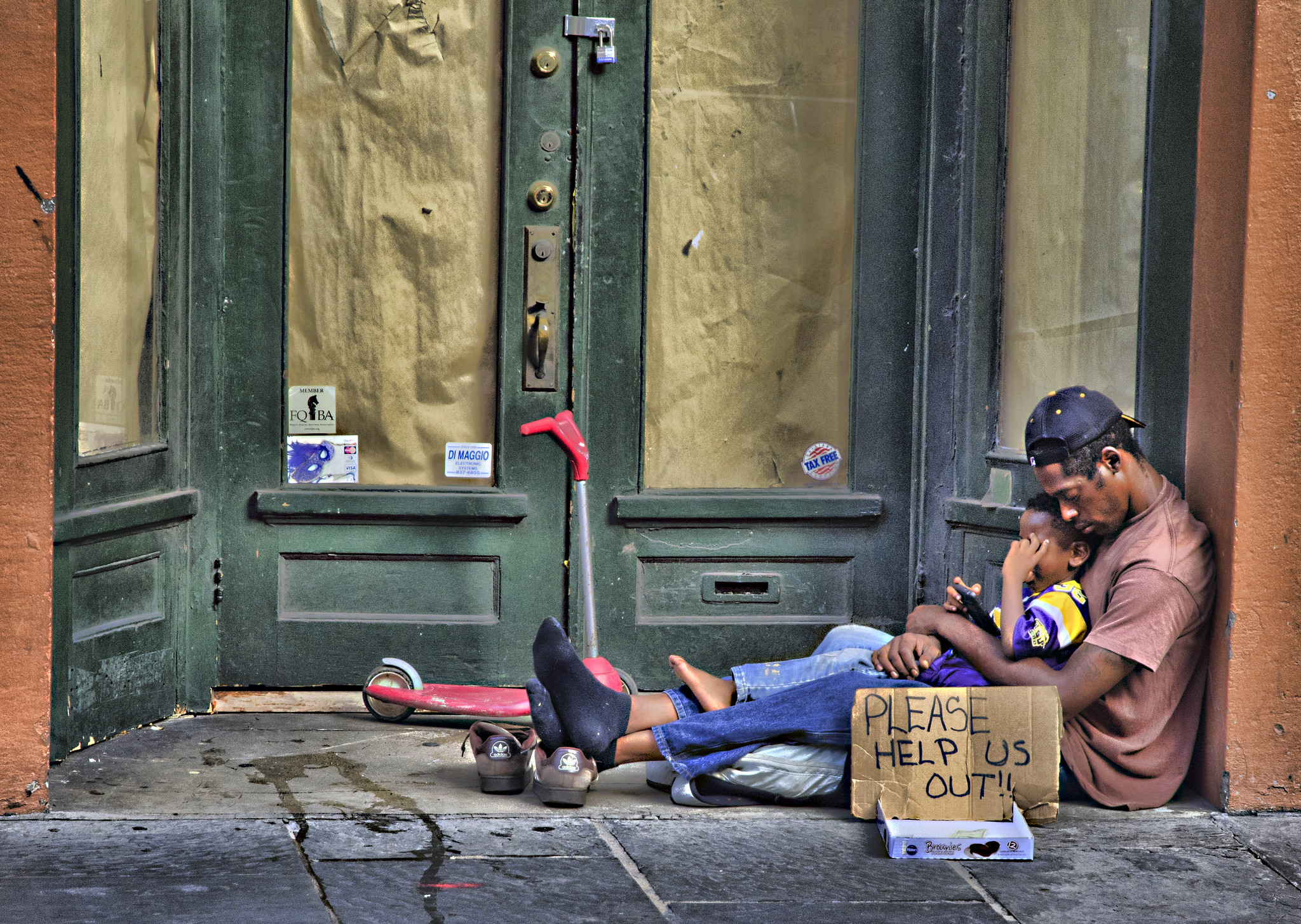
Medium and Longer-Term Implications
When the dust settles from the worst weeks of the pandemic, the economic recession that follows will impact housing policy and priorities, although what that looks like remains to be seen.
On the one hand, the urgency of the COVID-19 response could create some momentum for more aggressive and effective housing action in the medium and long-term. On the other hand, the economic fallout and anticipated recession could slow construction, stalling efforts to increase supply and further driving up costs. If that’s the case, those already suffering the most from housing unaffordability will become even more cost-burdened.
One takeaway from the last recession is that, when the economy begins to recover, housing construction and funding for low-income housing programs cannot be left behind. If this is the case, the result is “the housing crisis we were living in before COVID-19 hit: sky-high rents, declining homeownership, widespread gentrification and displacement and rising homelessness.”
There are lessons to be learned in every crisis. In the housing space, the COVID-19 pandemic highlights the need for action informed by data. An inaccurate homelessness count makes it difficult to put together an adequate plan of action in an emergency situation. There’s also no consensus on exactly how many new housing units are needed statewide to address the supply gap, and conflicting assertions can muddle a strategy for how to most efficiently and appropriately use resources, especially in a recession. The HCD — responsible for determining the regional housing needs assessment for each region — estimates that approximately 1.8 million new housing units are needed by 2025, taking into account projected population and household growth. However, other analyses from organizations such as the Embarcadero Institute and the McKinsey Global Institute have noted a range of 1.5 million to 3.5 million new housing units.
Housing the people of California must remain a high priority throughout this health crisis. This pandemic is a reminder of how closely housing and healthcare are intertwined, and that the latter cannot exist when the former is not accessible and affordable.
Isa Avanceña is a Valley Vision Project Associate supporting the Board of Directors, and the Innovation & Infrastructure and Leadership and Civic Engagement Impact areas.